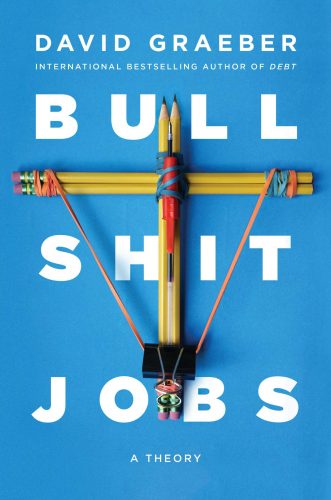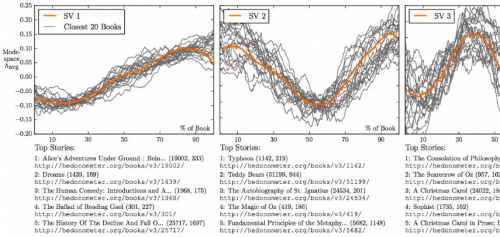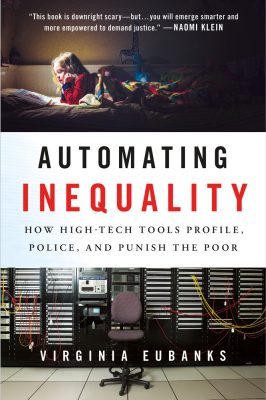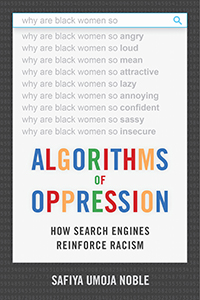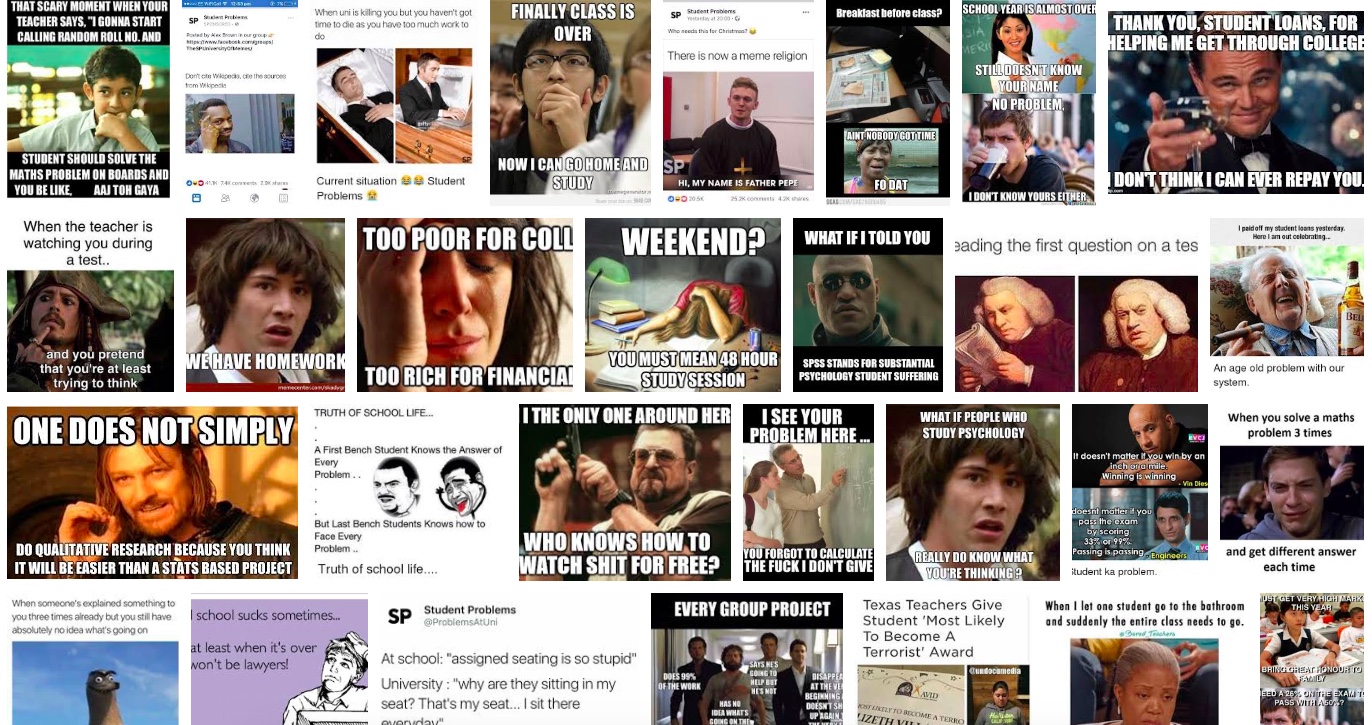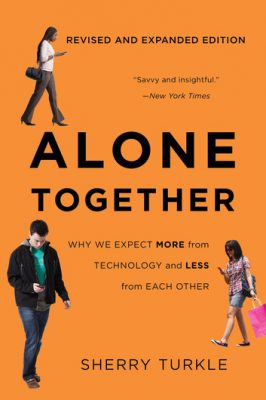In the Summer of 2009 I had just graduated college and job prospects were slim in Recession-era Florida. My best lead for employment had been a Craigslist ad to sell vacuum cleaners door-to-door, and after having attended the orientation in a remote office park I was now mentally preparing myself for a new life as an Arthur Miller character. That was when a friend called with a lucrative offer. She worked at a law office and they were hiring a part-time secretary to process the new wave of cases they had just gotten. This tiny firm represented home owners’ associations in mortgage foreclosures and bankruptcies, and business was booming.
The job was simple because everything about suburban homes is standardized: from the floor plans to the foreclosure proceedings, everything is set up for mass production. It was also optimized for bullshit. Sometimes I would be instructed to print out emails from clients who’d attached PDFs of scans of printed, previously received emails. I would write a cover letter, print out their email and the attachments (which, remember were scans of printed out emails) and enclose the printed-out email with the printed-out PDFs of scans of emails, then scan and email what I had just printed and mailed so that the client would get an email and a paper letter of the same exact thing. Sometimes I would fax it too. Everyone knew this was ridiculous but the longer it took to do anything the more money the attorneys made.
My job reminded me of a scene in the 1997 movie The Fifth Element, wherein CEO Jean-Baptiste Emanuel Zorg (Gary Oldman) delivers a monologue to Father Cornelius (Ian Holm) that begins, “Life, which you so dutifully serve, comes from destruction, disorder, chaos!” He then pushes a glass off his desk and as little robots descend on the shards and clean it up he narrates the scene: “a lovely ballet ensues so full of form and color. Now think of all those people that created them. Technicians, engineers, hundreds of people who will be able to feed their children tonight.” Financiers and the burgeoning tech industry had destroyed countless things, and now I was an obedient Roomba cleaning up the shards— a beneficiary of others’ creative destruction.
This is not a particularly deep thought, but that’s never stopped an idea whose time has been forced by capital. Depth is not a precondition of power when it comes to ideology. In fact, it is teenage suburban weed revelations like Zorg’s that dominate the minds of capitalists who, at least since Andrew Carnegie’s Prosperity Gospel, have done a good job of making everyone else agree that their bad ideas are immutable truths. Observers and practitioners of state power —from Antonio Gramsci to Karl Rove— recognize that political common sense is not forged through debate, it is imposed through brute force and media saturation. Simple, easy to digest ideas spread fast, which is why it is important to engage with deeply uncritical ideas and, whenever possible, come up with compelling alternatives. more...

